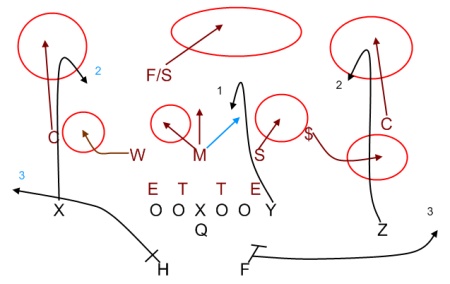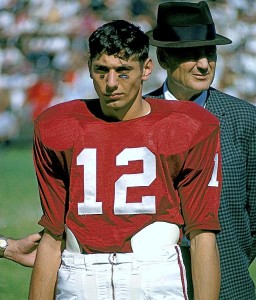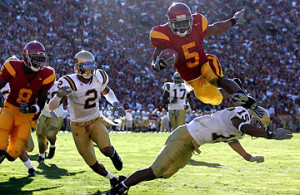Today’s guest post/contest comes from Thomas McDermott, a licensed land surveyor in the State of California, a music theory instructor at Loyola Marymount University, and an NFL history enthusiast. As always, we thank him for his hard work.
In a previous post, I provided SRS-style ratings for all offenses since 1970, using only points scored by the actual offense (including field goals). Today, I’ll do the same thing for defenses – meaning, of course, our “metric” will be points allowed only by the actual defense. [1]To quickly recap: SRS ratings for offense (OSRS) and defense (DSRS) on PFR’s website include points scored by the defense and special teams. To get a more accurate points-based evaluation of … Continue reading
Here’s how to read the table below: in 1970, the Vikings allowed 10.2 points per game, 8.2 of which came from touchdowns and field goals allowed by the defense. This leaves 2.0 PPG scored by their opponent’s defense or special teams (i.e., due to Minnesota’s offense or special teams). [2]In this case, it was the result of three touchdowns off of offensive turnovers and one on special teams, as highlighted by Chase in this post on estimated points allowed per drive. Their 8.2 Def PA/G was 9.5 points better than league average; after adjusting for strength of opponent, their rating remains at 9.5. Their overall points allowed SRS rating (DSRS) is 9.2, meaning PFR’s defensive SRS rating undersells them by 0.3 points. [continue reading…]
References
| ↑1 | To quickly recap: SRS ratings for offense (OSRS) and defense (DSRS) on PFR’s website include points scored by the defense and special teams. To get a more accurate points-based evaluation of offenses and defenses, I weeded these scores out and reran the iterations. I didn’t note this last time, but for those interested: the numbers used do not include any home field advantage adjustment or a cap on blowout point differentials. |
|---|---|
| ↑2 | In this case, it was the result of three touchdowns off of offensive turnovers and one on special teams, as highlighted by Chase in this post on estimated points allowed per drive. |






